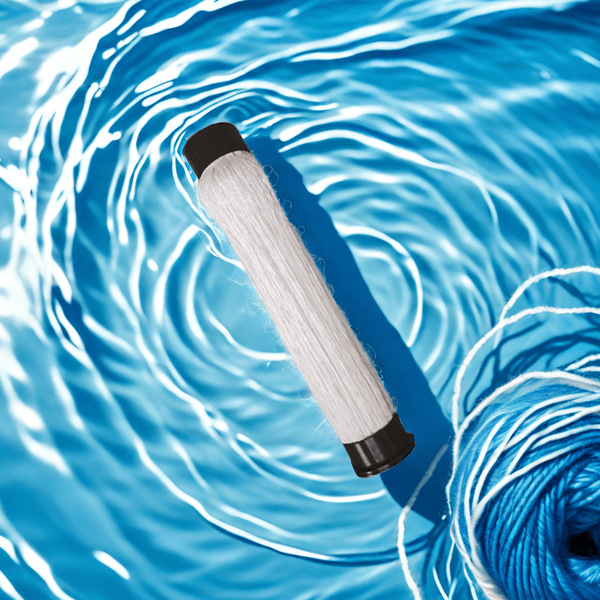Classification rules for various sewage treatment methods
Sewage treatment methods can be classified according to different standards, mainly in the following ways:
1. Classification by treatment principle:
Physical method: remove pollutants by physical action, such as filtration, sedimentation, flotation, etc.
Chemical method: remove pollutants by chemical reaction, such as neutralization, oxidation-reduction, coagulation and precipitation, etc.
Biological method: remove pollutants by the metabolism of microorganisms, such as activated sludge method, biofilm method, etc.
Physical and chemical method: combine physical and chemical action, such as adsorption, ion exchange, etc.
Biochemical method: combine biological and chemical action, such as anaerobic-aerobic combined process, etc.
2. Classification by treatment degree:
Primary treatment: mainly remove suspended solids, such as primary sedimentation tank.
Secondary treatment: remove biodegradable organic matter, such as activated sludge method.
Tertiary treatment: further remove nutrients such as nitrogen and phosphorus, such as A2/O process.
Deep treatment: removal of refractory organic matter, heavy metals, etc., such as advanced oxidation, membrane treatment, etc.

3. Classification by treatment process flow:
Pretreatment: such as screens, grit chambers, etc.
Primary treatment: such as primary sedimentation tanks.
Secondary treatment: such as biological reactors.
Tertiary treatment: such as nitrogen removal and phosphorus removal units.
Deep treatment: such as advanced oxidation, membrane treatment, etc.
4. Classification by reactor type:
Activated sludge method: such as oxidation ditch, SBR, etc.
Biomembrane method: such as biofilter, rotating biological contactor, etc.
Anaerobic reactor: such as UASB, IC, etc.
Membrane bioreactor (MBR).
5. Classification by sewage source:
Urban domestic sewage treatment.
Industrial wastewater treatment.
Agricultural non-point source pollution treatment.
Hospital wastewater treatment, etc.
These classification methods can help us better understand and select sewage treatment technologies suitable for specific situations. In practical applications, it is often necessary to combine multiple treatment methods to form a complete treatment process in order to achieve the best treatment effect.
